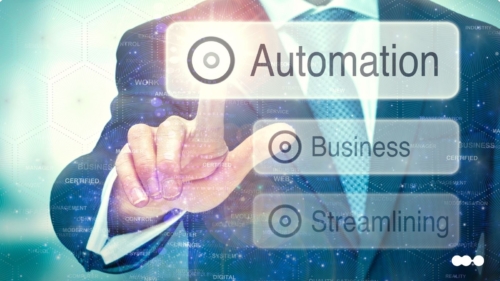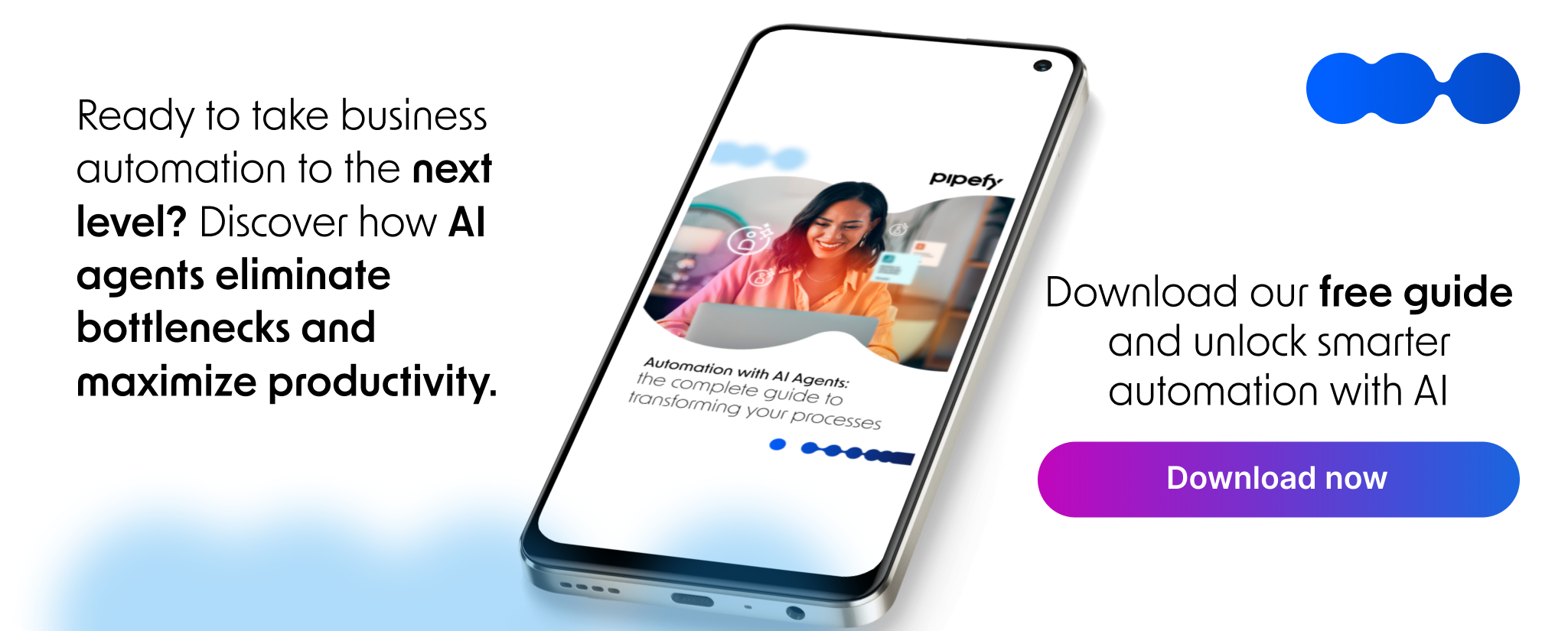
The overlooked strategy behind gross margin protection
In the competitive world of supply chain management, margins are always under pressure. Whether from market volatility, inflation, or supplier inconsistency, operations leaders are tasked with doing more with less. One often-underutilized strategy that can significantly protect—and even improve—your gross margin is the use of supplier scorecards.
More than just spreadsheets and evaluations, supplier scorecards have evolved. With the rise of AI Agents, agentic workflow systems, and business process automation (BPA), today’s scorecards can drive strategic decisions, streamline onboarding, and even automate vendor interventions. This article will guide you through how scorecards have become an essential lever in modern supply chains—and how you can use them to gain an edge.
What are supplier scorecards?
Supplier scorecards are structured tools used to evaluate vendor performance across a variety of metrics such as quality, delivery time, cost efficiency, and compliance. Traditionally manual and retrospective, modern scorecards powered by AI Agents offer a dynamic, real-time view of your supplier base.
At their core, scorecards support:
- Consistent evaluation frameworks
- Performance tracking across multiple suppliers
- Transparent supplier communication
- Risk identification and mitigation
- Strategic sourcing decisions

Supplier scorecards and the financial impact: from evaluation to margin protection
Why do supplier scorecards matter so much?
Because they directly influence your bottom line.
Every late delivery, subpar component, or compliance slip can ripple across your supply chain. These issues often lead to:
- Production delays
- Increased operational costs
- Lost revenue opportunities
- Quality complaints and returns
Well-structured scorecards serve as early warning systems. When embedded into an agentic workflow, they don’t just record problems—they trigger nudges to supply-chain managers and even automated responses. This proactive layer is what turns a scorecard from a passive report into an active gross margin protector.
Enter the AI Agents: powering intelligent scorecards
AI Agents are changing how we handle data, automation, and workflows. Applied to supplier scorecards, they help:
- Collect data across ERPs, emails, portals, and inspection tools
- Identify anomalies in supplier behavior
- Recommend corrective actions based on past trends
- Generate alerts for procurement and operations teams
With agentic workflow capabilities, AI Agents also take action. For instance, they can automatically:
- Escalate underperformance cases
- Block further POs until issues are resolved
- Recommend alternate suppliers based on performance
- Initiate review workflows or re-onboarding processes
This level of intelligent automation is crucial for high-volume, multi-supplier environments, where human teams can’t monitor every signal in real-time.
Read more: AI orchestration: transform operations with AI agents
Building the Foundation: from scorecards to a gated supply chain strategy
Today’s supply chain leaders must shift from reactive management to gated process control—where supplier performance directly affects their level of engagement and privileges.
Here’s how a supplier scorecard-centric gated strategy works:
| Supplier Score | Outcome |
| >90% | Fast-track PO approvals & contract renewals |
| 70–90% | Subject to quarterly review & improvement plan |
| <70% | Flagged for corrective action or re-onboarding |
This tiered approach ensures only the best suppliers get frictionless access to your business, while underperformers must earn their way back. Combined with BPM logic and BPA tools, this model creates a self-regulating supply ecosystem.
Template Preview: what should be in a supplier scorecard?
A modern supplier scorecard isn’t just a checklist—it’s a live data hub.
Here’s a preview of what a digital scorecard template powered by AI Agents might include:
Core Sections:
- Supplier Name & ID
- Product/Service Categories
- Contract Terms
KPIs Tracked:
- On-time Delivery Rate (%)
- Defect Rate (%)
- Price Variance to Quotation
- Response Time to Inquiries
- Compliance with Certifications
System-Generated Metrics:
- SLA Violation Alerts (via AI)
- Risk Score (based on historical performance)
- Suggested Action (escalation, improvement plan, etc.)
This format not only aligns stakeholders but also enables intelligent nudging through the supply chain—turning insights into actions.
Nudging Towards Compliance: intelligent interventions in the workflow
One of the most underrated features of modern supplier scorecards is the ability to nudge behavior.
With automation built into your BPM system, poor-performing suppliers can be nudged to:
- Update missing documentation
- Acknowledge compliance issues
- Schedule a review meeting
- Accept improvement plans
These nudges are pre-configured and triggered automatically based on live scorecard inputs, creating a continuous feedback loop. Procurement teams can then focus their efforts on strategic suppliers while the system handles the rest.
Enhancing onboarding with a Supplier-Onboarding kit
Low-performing suppliers often need more than a warning—they need help. That’s why integrating your supplier scorecards with a supplier-onboarding kit is a powerful tactic.
What’s in the onboarding kit?
- Digital forms for company registration and compliance
- Training on your standards and processes
- Access to pre-recorded videos or AI-assisted walkthroughs
- Integrated evaluation periods with performance milestones
Once re-onboarded, these suppliers re-enter the gated system and are tracked more closely until performance stabilizes. This structured, automated re-entry supports both accountability and growth.
Supplier scorecards: The role of BPA and BPM
Behind every successful supplier scorecard system is a robust BPA and BPM foundation.
BPA automates data collection, calculation, and communication. BPM governs the flow—deciding what happens when thresholds are met or missed.
Together, they support:
- End-to-end vendor lifecycle automation
- Continuous performance evaluation
- Fast issue resolution via automated workflows
- Scalable oversight with minimal human intervention
Tools like Pipefy enable these flows in a no-code environment—empowering procurement teams to build and improve processes without waiting for IT.
Unlocking the power of supplier scorecards with Pipefy AI
The future of supply chain is not just digital—it’s intelligent. By leveraging AI Agents, BPA, and a process-centric mindset, companies can transform supplier scorecards into strategic levers for value creation.
Here’s why this matters:
- You reduce the risk of supplier-related disruption
- You protect (and even grow) your gross margin
- You empower your team to act, not just observe
- You create a culture of accountability and continuous improvement
Whether you’re running procurement in a multinational or scaling operations in a mid-market company, supplier scorecards should be at the heart of your supply strategy.
Read more: AI Automation: What It Is And How To Use It
Ready to see it in action?
With Pipefy, you don’t just track performance—you act on it. Automate your scorecards, create gated workflows, and empower your team with AI Agents that think ahead.
Press the button below to schedule your personalized Pipefy demo and unlock the full power of intelligent supply chain automation.
FAQ: Supplier Scorecard and AI agentic workflow
What are supplier scorecards?
Supplier scorecards are evaluation tools used to track and assess the performance of your vendors across metrics like quality, delivery, and cost. They support strategic decision-making and accountability.
How do AI Agents enhance supplier scorecards?
AI Agents automate data collection, detect trends, and recommend or take actions based on supplier performance—transforming scorecards into proactive tools.
What is an agentic workflow in this context?
An agentic workflow allows AI Agents to not only suggest but also execute tasks such as nudging suppliers or triggering re-onboarding, without human input.
How does intelligent automation help protect gross margins?
By identifying risks earlier and automating interventions, intelligent automation prevents disruptions and inefficiencies that eat into gross margins.
Can supplier scorecards be integrated into onboarding?
Yes. A supplier-onboarding kit can be triggered when a supplier’s score falls below a threshold, ensuring that remediation is structured and trackable.







